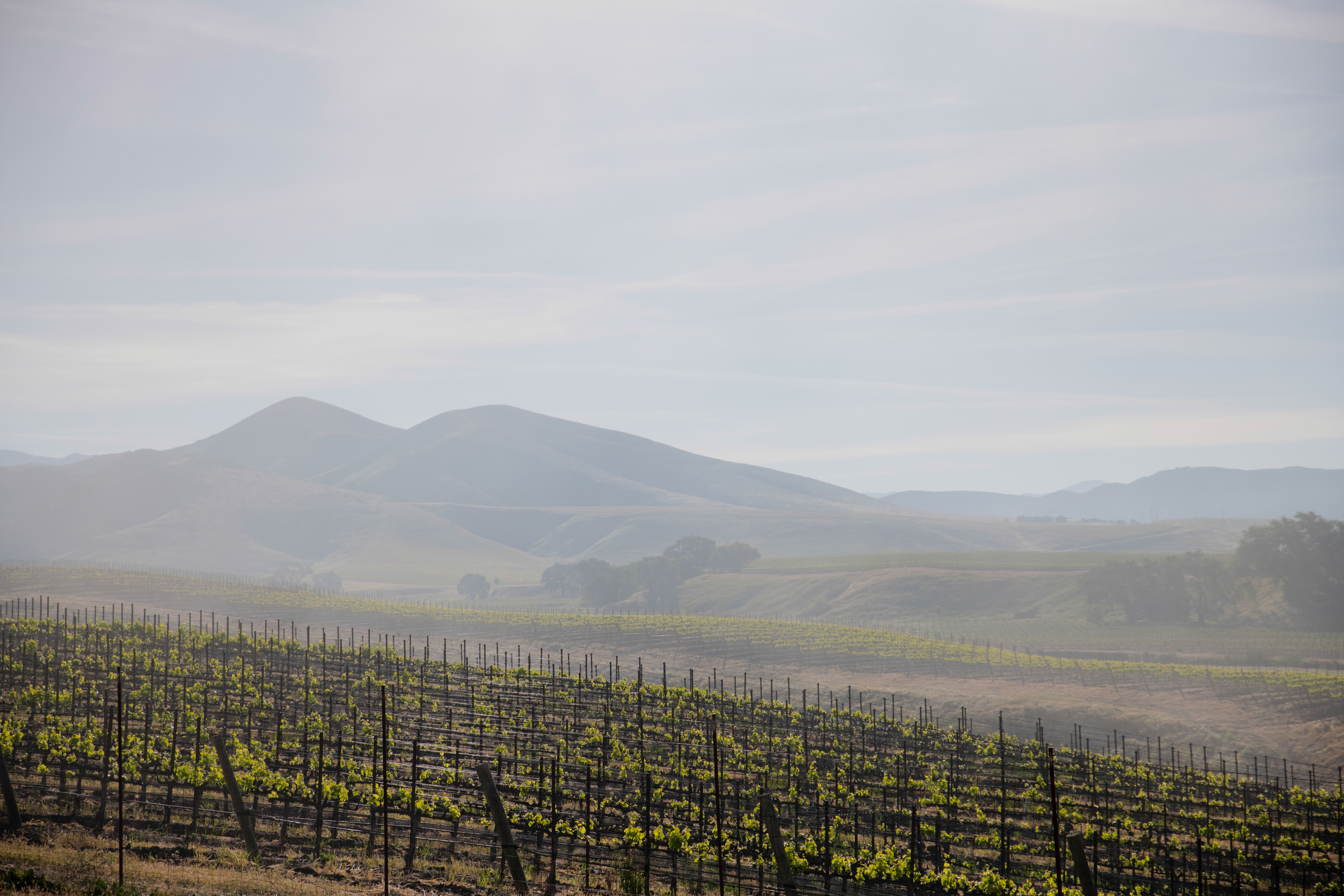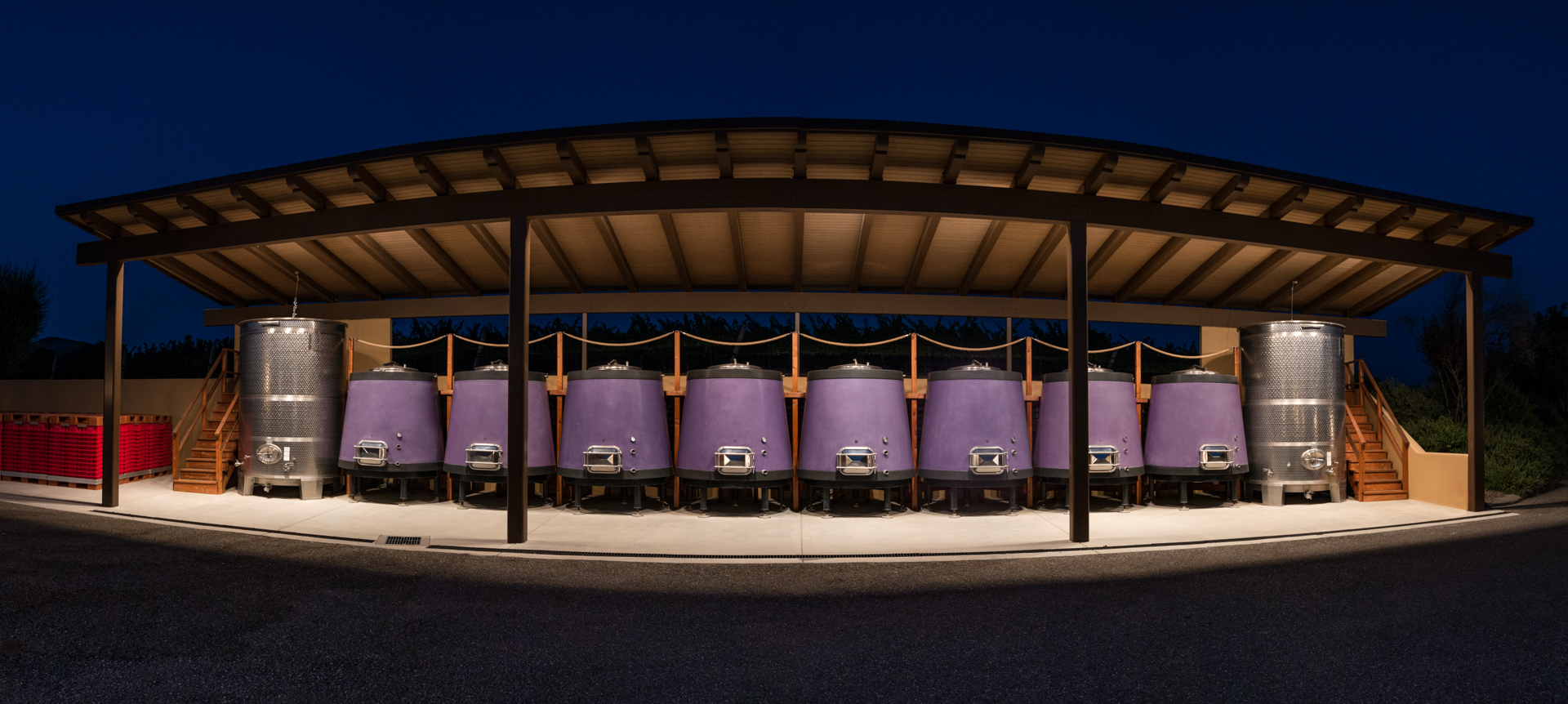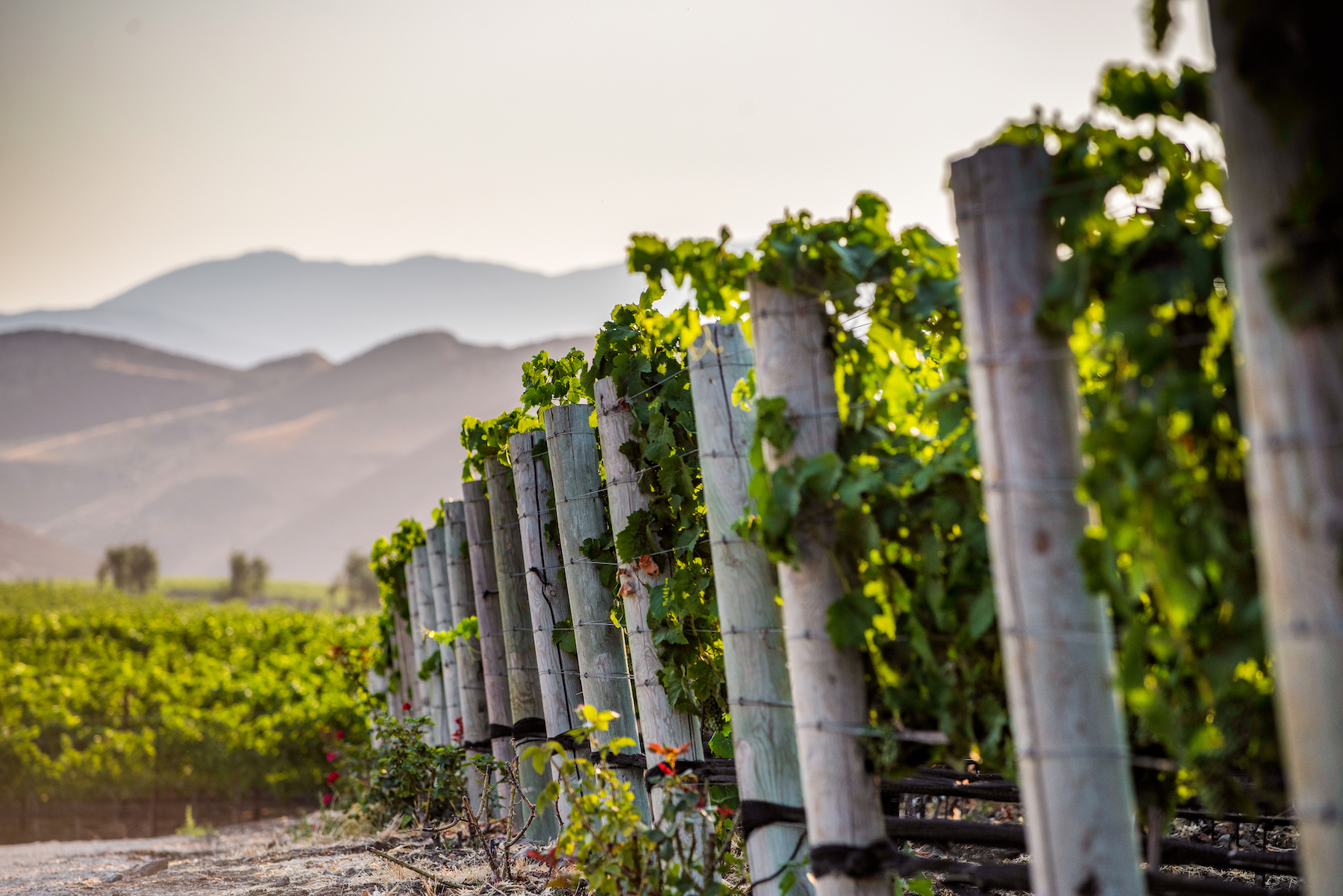Exploring how dormancy shapes vineyard changes
Dormancy, a crucial phase for Crown Point’s grapevines, helps them survive and thrive. During winter (December-February), the grapevine slows down its activities, protecting itself from the cold. This break in its usual functioning keeps it safe from winter’s harshness and prepares it to grow again when spring arrives (March-May).
But dormancy does more than just help the vine survive winter. It controls how the grapevine grows. As a plant that loses its leaves in the fall (September-November), it conserves energy during winter. When spring comes and the buds start to swell, dormancy ends, and a new growing season begins. During this period, some describe it as the moment when the vines come to life.
Dormancy depends on something called chilling hours, which are essential for the grapevine’s buds to open and flowers and fruit to develop properly. Having enough chilling hours means the buds can open at the right time, leading to better fruit.
Another important thing dormancy does is protect grapevines from starting to grow too early when there might be warm periods in winter. If they started growing and then got hit by frost, it could damage the shoots. So, dormancy makes sure they wait for safer conditions before they start growing again. They have a neat way of knowing when to start growing again—when the daily temperature reaches about 10 degrees Celsius for around 10 days in a row.
For us, dormancy is a key time for pruning. This is when we can shape how the vine will grow and influence how much fruit it will produce in the next year.
In short, dormancy is important for our grapevines. It helps them survive, controls their growth, and ensures they make the best fruit they can. The influence of this process is directly reflected in the exceptional quality of our wines: Cabernet Sauvignon & Estate Selection.


